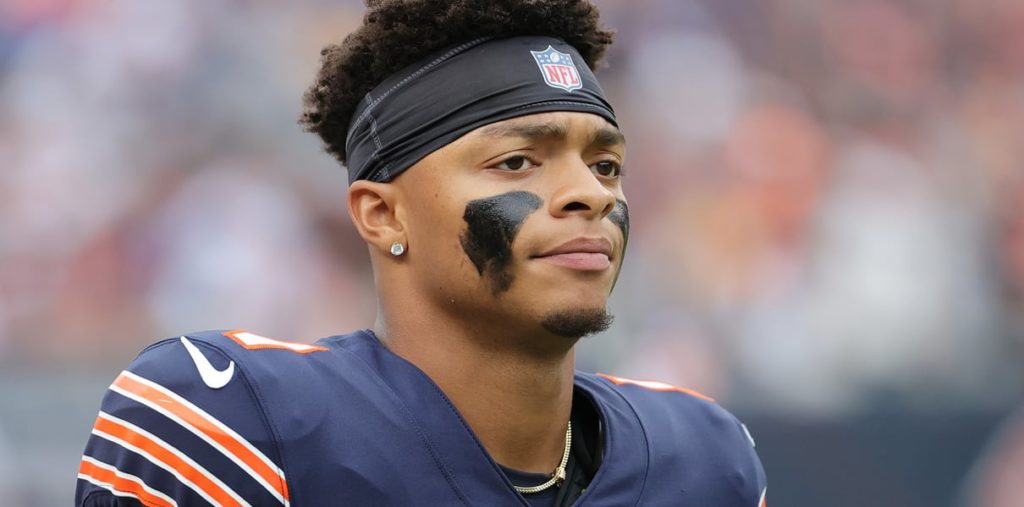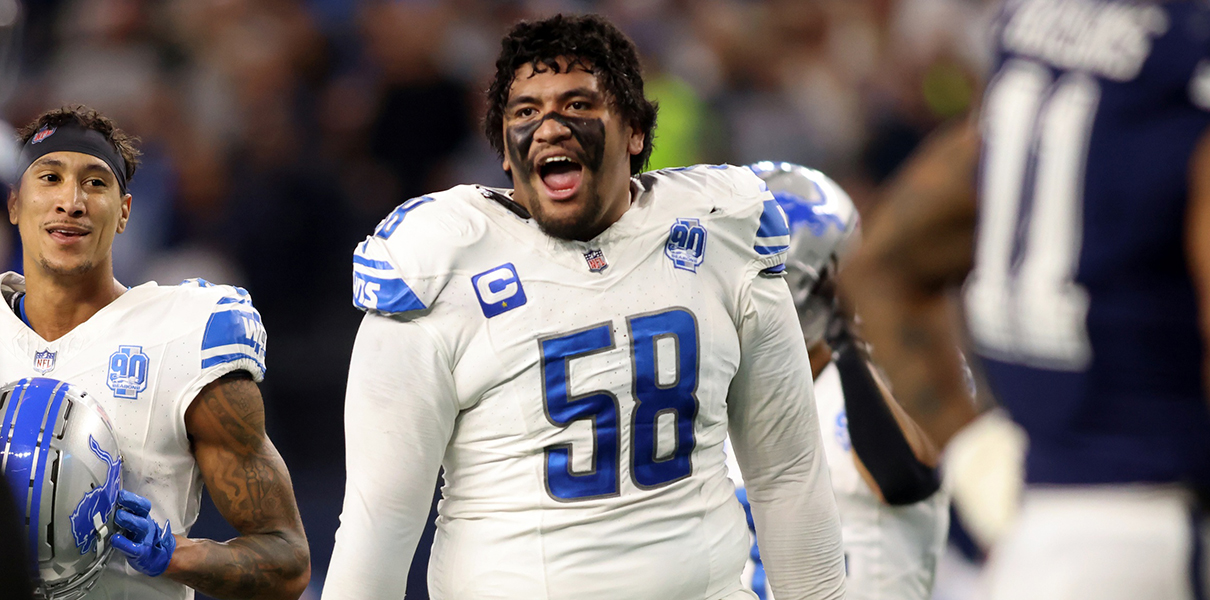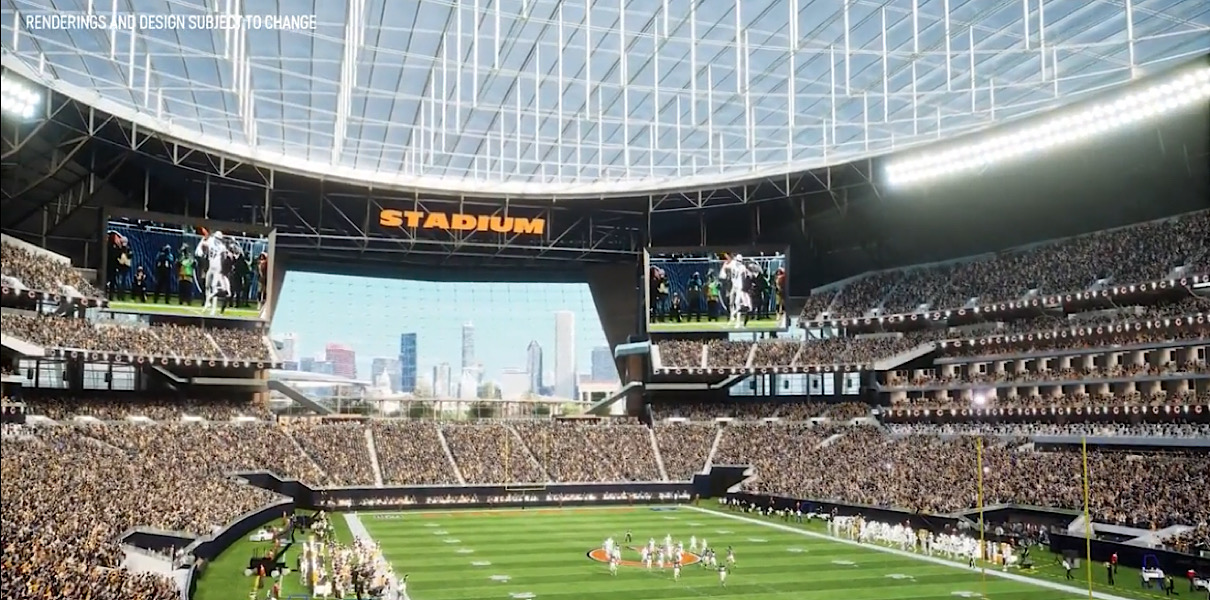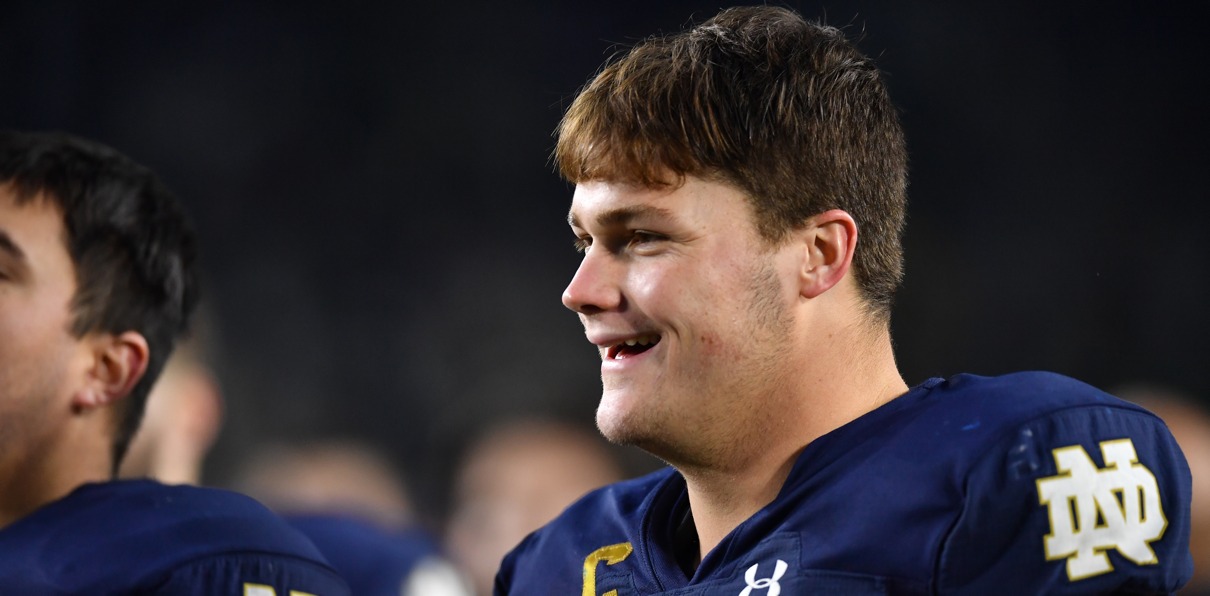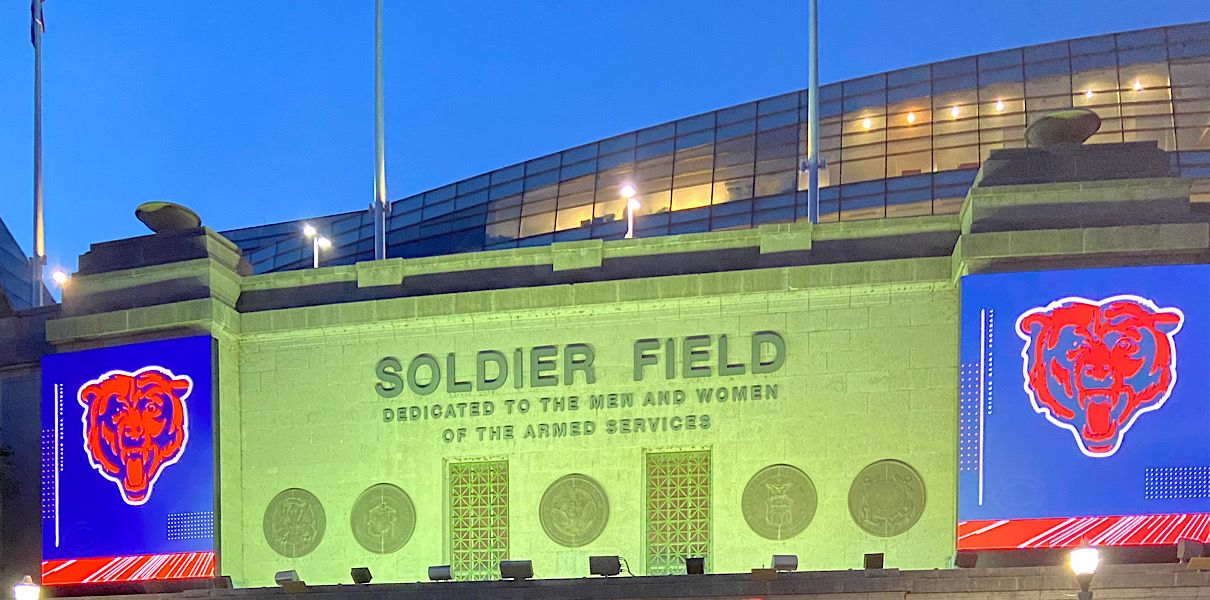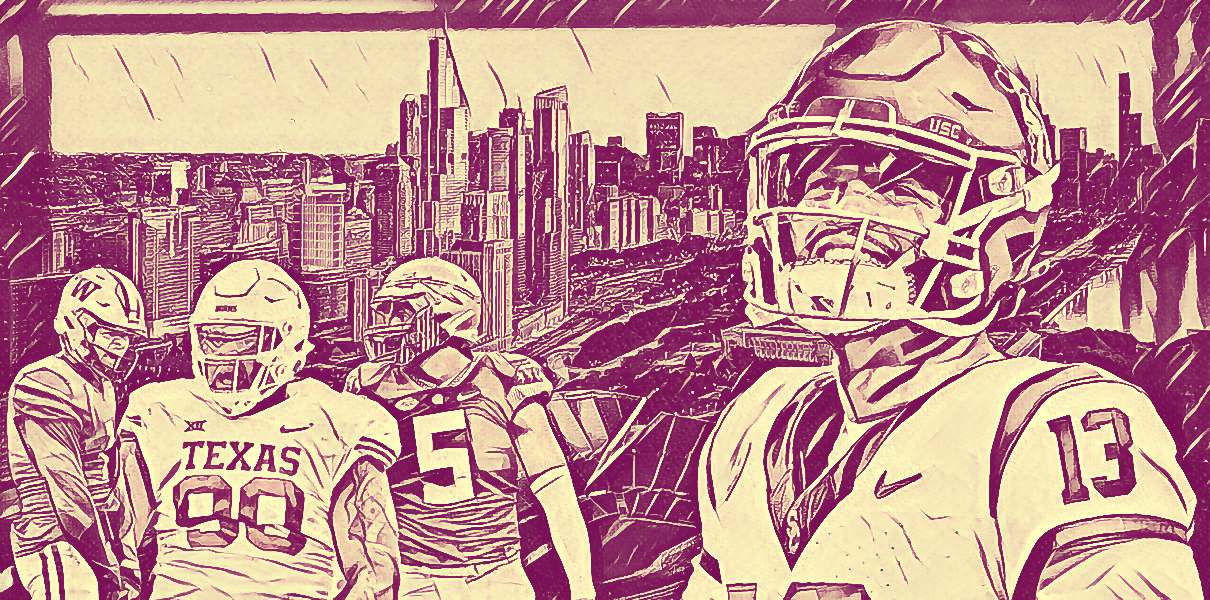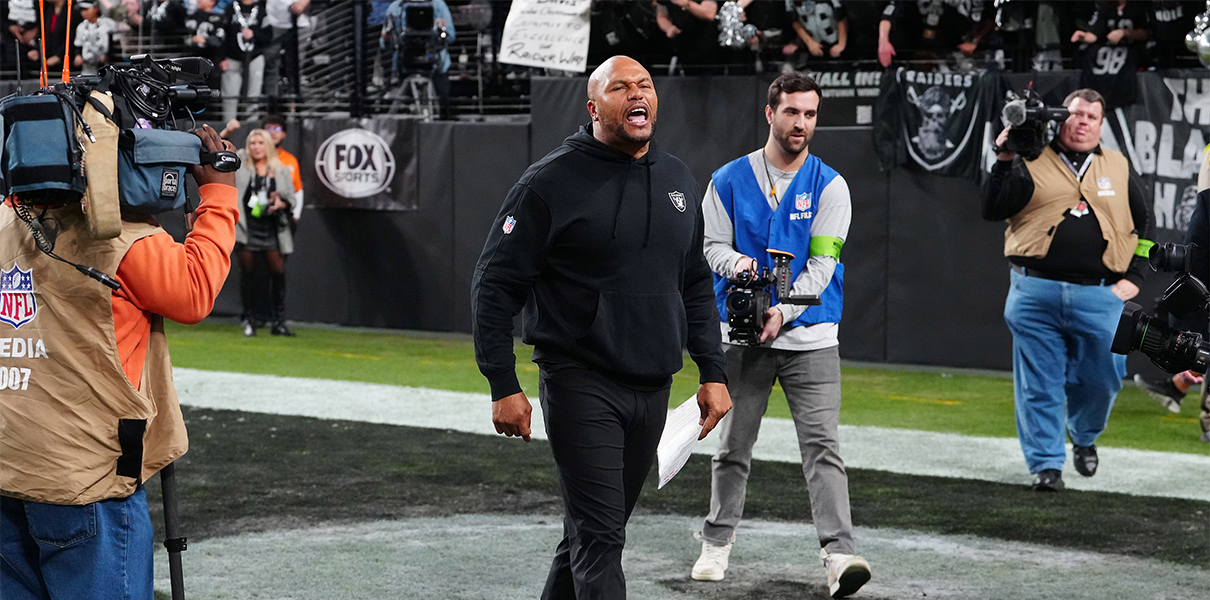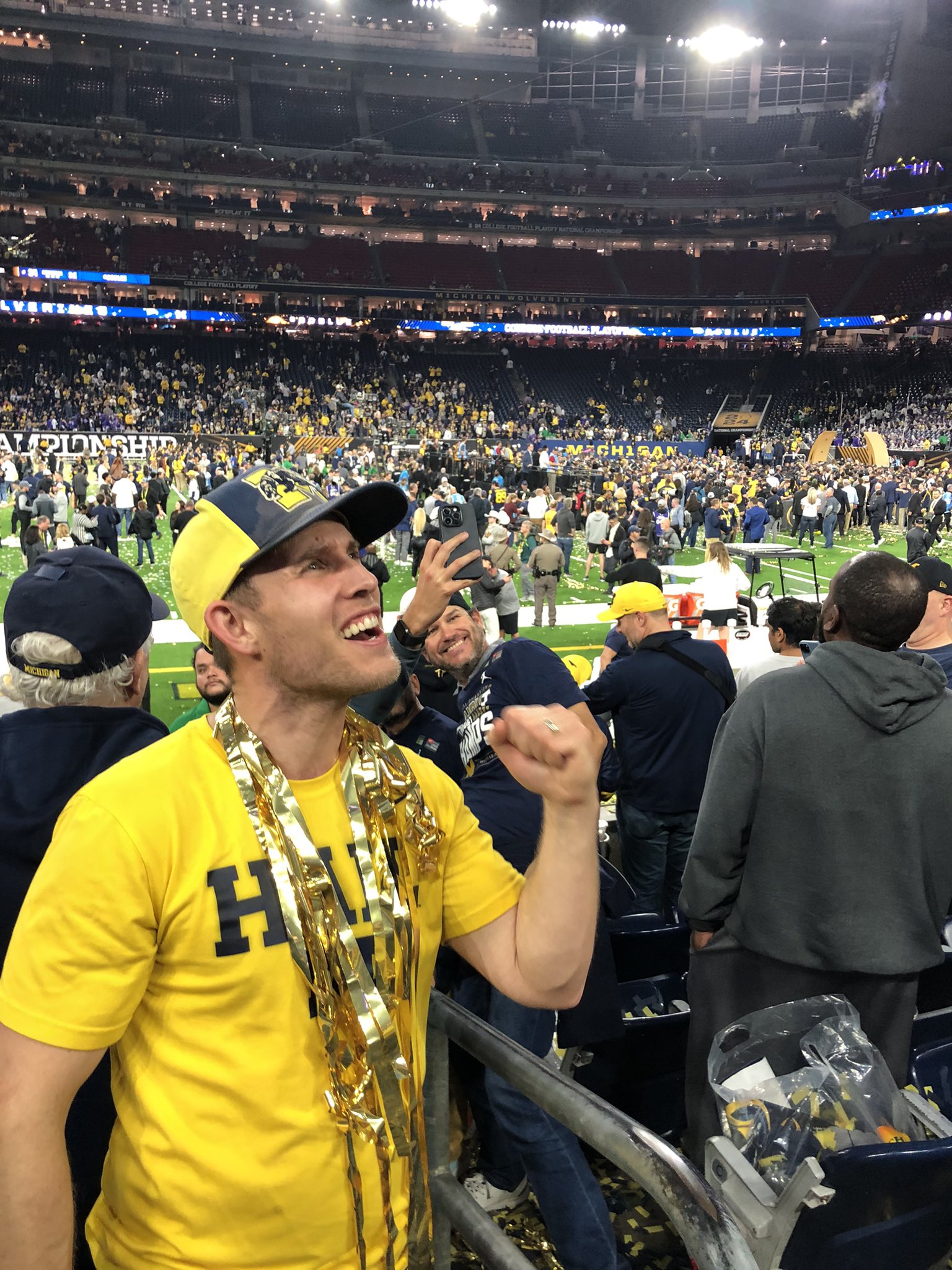When things go wrong, there’s often an overwhelming desire to assign blame. And when it comes to the Chicago Bears’ handling of Justin Fields’ rookie season, there is plenty to go around.
Especially when the shortcomings can be boiled down to one graphic:
Introducing my first Quarterback Help Composite Score! This takes ST, Rush, and Defensive EPA plus open rate for receivers as well as ESPN's PBWR and ranks which QBs get the most help. No wonder Mac Jones is the best rookie QB when he has been given so much help around him pic.twitter.com/Z9bY9HdP70
— Arjun Menon (@arjunmenon100) December 2, 2021
The Quarterback Help Composite Score is an interesting concept, to say the least. But it feels informative. It takes into consideration all sorts of variables, bakes in some data from ESPN’s advance metrics, and spits out which quarterbacks are in the best situations. And when you expand/open the tweet, you’ll see Fields ranking 28th among 32 quarterbacks. This isn’t where you should want your (rookie) quarterback to rank. It’s very damming. Especially for Matt Nagy and Ryan Pace.
No matter which way you slice it, the general takeaway from this chart is that this regime did not put its best foot forward in putting something together around its quarterback.
Take for instance how the Bears are just one of two teams hitting below 60 percent in open receiver rate. That start is a snapshot of this team’s shortcomings. Firstly, that doesn’t bode well for Nagy’s offense, which once prided itself on scheming pass-catchers open. That it’s not doing so is problematic. But it also doesn’t look good for Pace. Or his ability to add impact talent at what has long been a position of need.
The Bears have been trying to fix the receivers room for years. Allen Robinson II has lived up to the free agent contract that brought him in during the 2018 offseason. Darnell Mooney is looking like a draft diamond as a second year player. But Anthony Miller, Javon Wims, and Riley Ridley didn’t even make it through the end of their rookie deals with Chicago. That isn’t a good sign for the evaluators in the draft process. Nor does it look good for the coaching staff for failing to get more from these players. Again, it hasn’t been all bad. It’s just that you’d really love some more spins at the wheel so the failed projects don’t hurt so much.
Technically, it’s not *ALL* bad. Chicago’s pass-block win rate being at 63 percent checks in as the ninth best among NFL teams heading into this week’s action. And it is worth highlighting how the team’s run-block win rate ranks 11th in football. The line play hasn’t been awful. But there have been way too many moments where it has been uninspiring and inconsistent. At the end of the day, pointing out the line’s not-awful play feels like we’re grasping for straws when searching for a silver lining.
There isn’t any shortage of reasons as to why the Bears should clean house. But I’m not sure there is one better than proof that this regime is ill-equipped to build around a young quarterback than the graphic at the top of this post.



